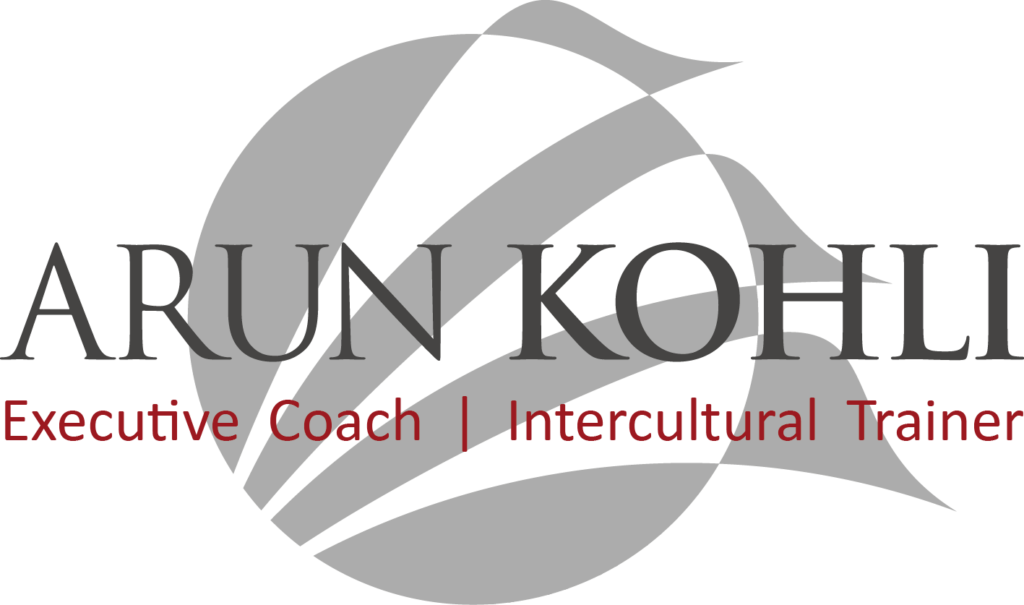What is effective leadership in a hyper-connected workplace?

Key leadership competencies have remained constant for as long as businesses have existed – the ability to lead by example, take calculated risks, communicate effectively and create intrinsic motivation within a team have, and will always be a key competency in leadership.
But there are also leadership competencies that evolve with time and the fast-moving digital age we live in today, brings about a new set of leadership skills that are increasingly required in our hyper-connected environment.
Just as the agricultural and industrial revolutions required unique leadership competencies, and the internet boom had its own set of unique challenges, the hyper-connected environment we find ourselves in today presents its own set of leadership competencies.
At their core, these competencies are focused more than ever on communication. There are two aspects of leadership, that today can create a clear strategic advantage for organisations that can instil these competencies within their leaders, leveraging a top-down approach that disseminates through an organisation in a positive way.
The Ability to Maintain Engagement
Employee engagement has never been more crucial. In a world where connectivity is a part of our everyday lives, and people place a high value on ‘instant communication’, the ability to communicate in a way that adds value and sparks engagement from a team is more important than ever.
At the drop of a hat, we can communicate with our team from anywhere in the world. This is a challenge and an opportunity at the same time. Naturally, this decentralised management of a workforce means that leaders must be able to have an impact from afar by making use of digital communication.
Keeping connected with your team means maintaining regular streams of communication and transparency through all leaders, managers and team members. Creating a transparent flow of communication means that teams can proactively respond to the real-time changes that occur within a business, and thus remain engaged and on top of the daily challenges presented within their organisation.
The ability to communicate in this manner creates a proactive culture, instead of a reactive culture.
An Innovation Mindset
An ancient Greek philosopher, Heraclitus once said: “change is the only constant in life”.
Change has always been a constant in business, but it seems that the rate of change is snowballing and compounding more than ever. For this reason, the ability to embrace change as a leader, and adopt an innovation mindset means that an organisation can stay ahead of the curve by anticipating market trends and changes.
A top-down approach to innovation will create a culture of continuous improvement that not only drives a business forward technologically but also to its very core – through the people that make up the organisation.
Innovation is one of those practices that must be developed daily, it is possible for innovative companies to lose their spark of innovation by not embracing change head-on, just as it is possible for stagnant companies to inject innovation into their business by leaders making the decision to move forward, and embrace change. Choose to innovate.
Did you get any benefit from this article? Then I would be happy if you share it:
Would you like to have a team of committed employees who like to contribute themselves and their ideas? Are you looking for opportunities, ideas and solutions how to integrate the idea of innovation more into your corporate culture? Let’s talk. Maybe I can support you. Feel free to contact me via the contact form.
